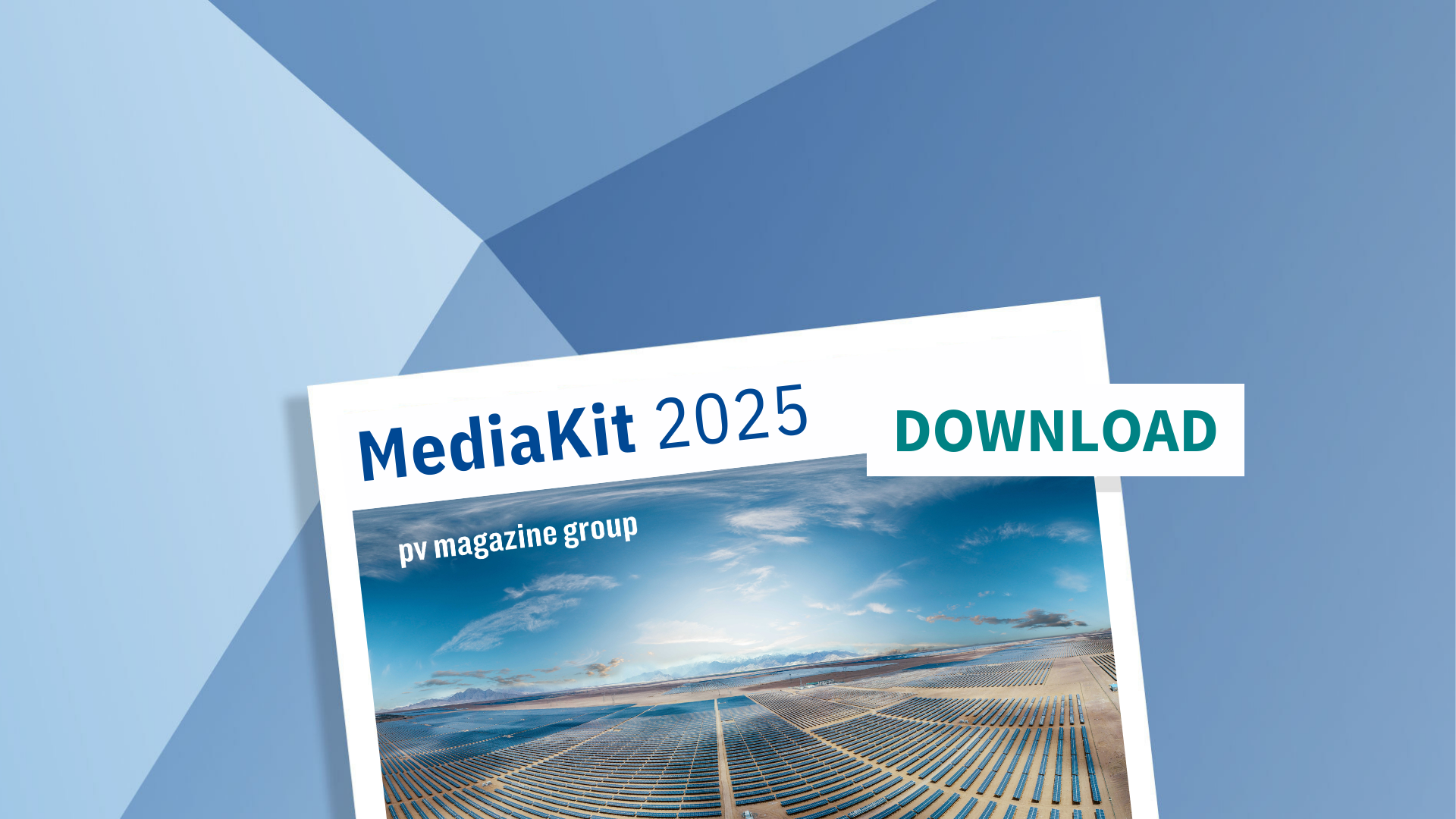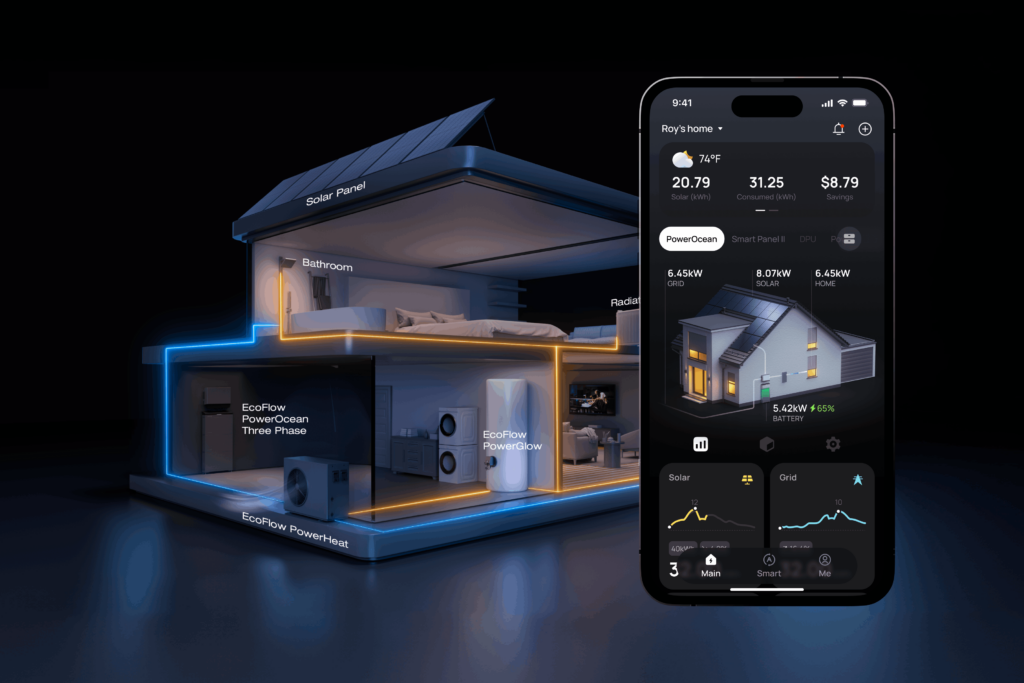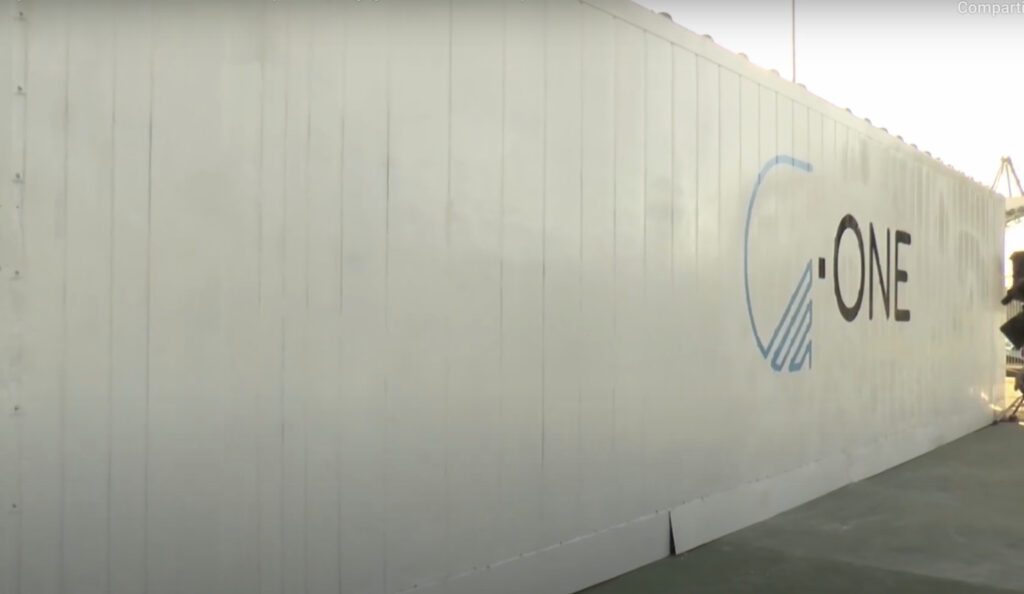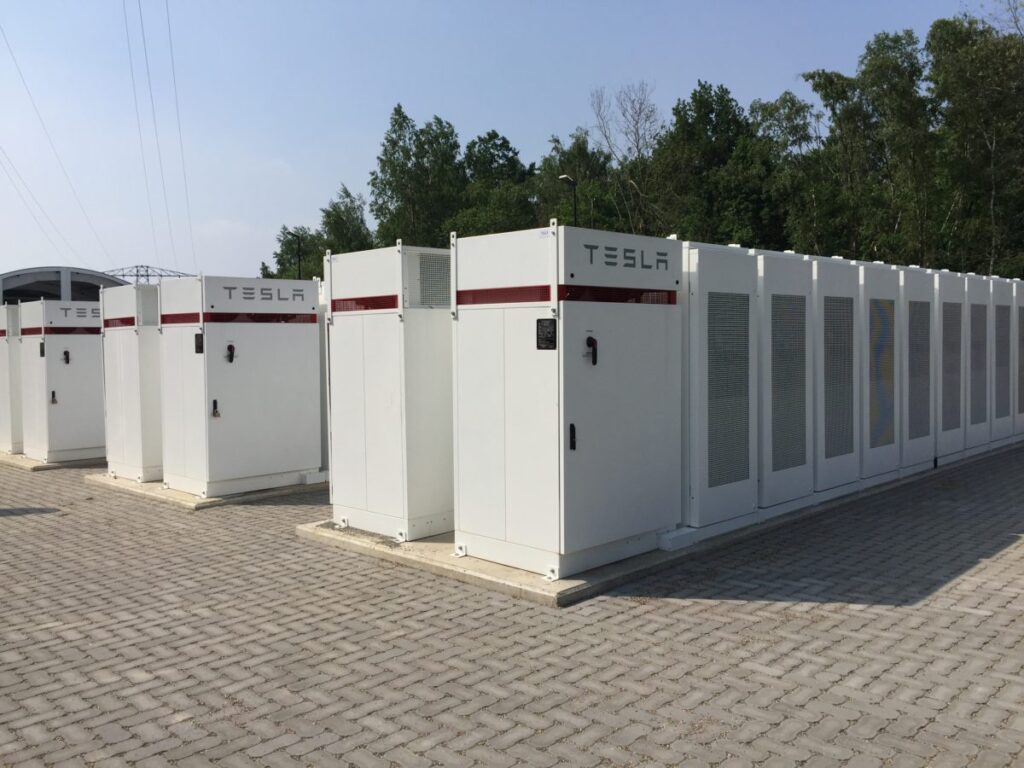Sinovoltaics updates battery energy storage system financial stability ranking
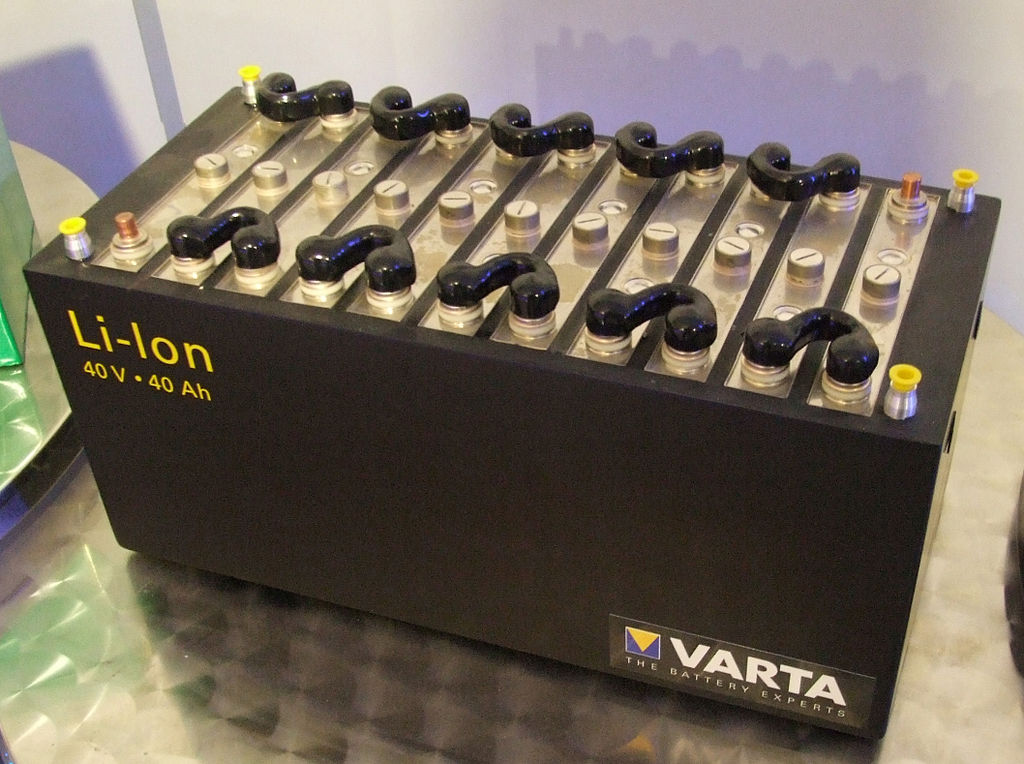
Sinovoltaics, a Hong Kong-based technical compliance and quality assurance service firm, has released its Q3 PV Energy Storage Manufacturer Ranking Report. Global in scope, it provides financial stability scores over the past three years for 55 suppliers. The report is available to download for free.
Some changes to the top ten segment since the previous edition included South Korea’s LG Energy moved out of the top ten segment to seventeenth place, while compatriot Hyundai Electric entered the top ten, moving up from twelfth to fifth place.
The report includes a chart that groups manufacturers into those with scores that put them in the safe zone, those with lower scores in the grey zone, and those with scores that indicate distress. In the safe zone this quarter were 20 companies, compared to 25 in the last quarter report. There was no change in the overall number of battery industry companies that were tracked in the report.
The top ten is led by U.S.-based Tesla, followed by Taiwan-based Kung Long Batteries, China’s Mustang Battery, Eaton, based in Ireland, and Hyundai Electric. The next five spots in the ranking are occupied by Yuasa Battery and Sanyo, both based in Japan, along with US-based Solid Power and Livent, followed by Sinexcel, based in China.
The analysis of the publicly traded battery producers uses a balance sheet-based model and publicly available financial information to track financial strength over the past three years, from September 2021 to June 2024 to provide insight into the changes in the scores over time.
The so-called Altmann Z-scores are based on a quantitative formula that uses publicly available information about corporate income and balance sheet values to measure the financial health of a company. It assesses a company’s financial strength through a credit-strength test based on profitability, leverage, liquidity, solvency, and activity ratios, according to Sinovoltaics. A score that is 1.1 or lower indicates a higher probability of bankruptcy within the next two years, while a higher score of 2.6 or greater.



